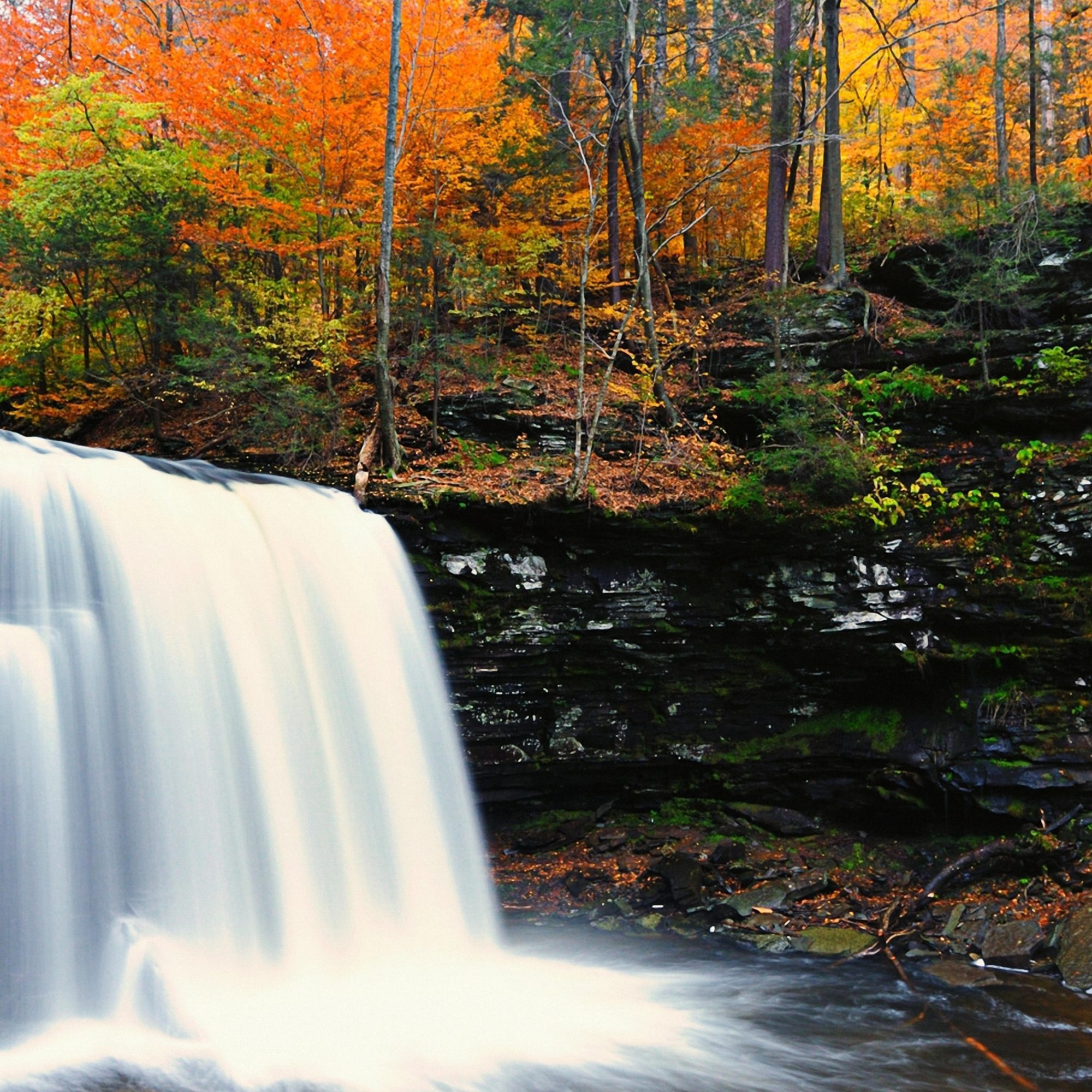Did you ever find yourself gazing at a beautiful night sky, fascinated with how the city’s lights flicker and blur into a hypnotic dance of colors? That’s bokeh at work – a peculiar visual poetry conjured by light. Have you ever wanted to recreate that effect in your photos?
What if I told you that an effect once attributed to expensive camera lenses and complex technical abilities can now be achieved with some creativity and bit of post-processing magic? Sounds exciting, right? Let’s dive into how to manage that.
A Little About Bokeh
Originated from the Japanese word ‘boke’, translating to ‘blur’, bokeh refers to the aesthetic quality of out-of-focus areas in an image. It’s the pleasant, creamy haze of colors that artistically isolates your subject, creating a depth and introducing an atmospheric dreaminess to your shots.
1. The Right Equipment for Bokeh
You don’t always need a high-end camera and lens to create bokeh effects. A basic DSLR camera with a fast lens would do just fine. The trick lies in a wide aperture. The wider, the better. When shopping for lenses, look for ones with lower f-numbers, which allow more light and create a shallow depth of field, perfect for that tantalizing bokeh effect. Also, remember that prime lenses typically provide better bokeh than zoom lenses.
2. Understanding Aperture and Depth of Field
A vital factor in capturing bokeh is mastering your camera’s aperture settings. In layman’s terms, aperture refers to the size of the hole in your lens through which light travels. A higher f-number makes a smaller hole, and a lower f-number makes a larger hole. When you use a wide-open aperture (lower f-number), you get a shallow depth of field, and that’s when your subject is in focus and everything else is just a delightful blur.
3. Getting Capricious with Lights and Backgrounds
Bokeh is a play of light and focus. Anything with light— street lamps, candles, LEDs, or even car headlights— can become beautiful bokeh. Different shapes, colors, sizes – the possibilities are enchanting. Your background choice is crucial; it creates the canvas for your bokeh. Aim for intricate light patterns or vibrant hues to get the best outcomes.
4. Use ‘Mise en Scène’ to Your Advantage
Positioning your subject and composing your shot are key to achieving a stunning bokeh effect. A space between your subject and the background enhaces blur. Try out different perspectives, play with distances from your subject and capture bokeh in its glorious spontaneity.
5. Craft ‘Shaped’ Bokeh
Did you know you can even shape your bokeh? Yes, you can! All it takes is a little arts and craft and voila, you can have heart-shaped Bokeh for Valentine’s day shoot or star-shaped bokeh for a night-sky setting. And the best part? These custom bokeh can easily be enhanced using lightroom presets for added effect.
6. Going Beyond the Camera: Bokeh in Post-Processing
Now, what if you didn’t quite catch the bokeh you wished for in your shot? Worry not. Various photo-editing tools like Adobe Lightroom and Photoshop come to the rescue. Software like these provide features to simulate and refine bokeh effects, adding that extra touch to your masterpiece.
7. Practice Makes Perfect
Like any form of art, mastering bokeh also requires practice and patience. A great way to learn is by studying and analysing bokeh-filled photos, understanding the distance between subject and background, focal length, aperture, and light conditions that worked in each shot. Use them as references, but also remember, photography is about capturing your vision. Don’t shy away from experimentation.
Bringing bokeh into your photographic repertoire can significantly transform your images. From adding a dreamy aura to creating depth, these charming little orbs of light can indeed make your pictures come alive in a magical way. So, are you ready to wallow in the world of bokeh? Let’s see the magic you create.


0 Comment